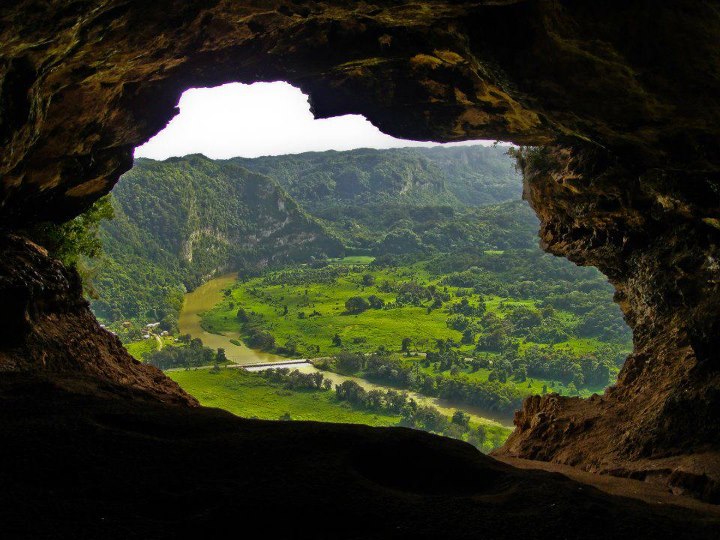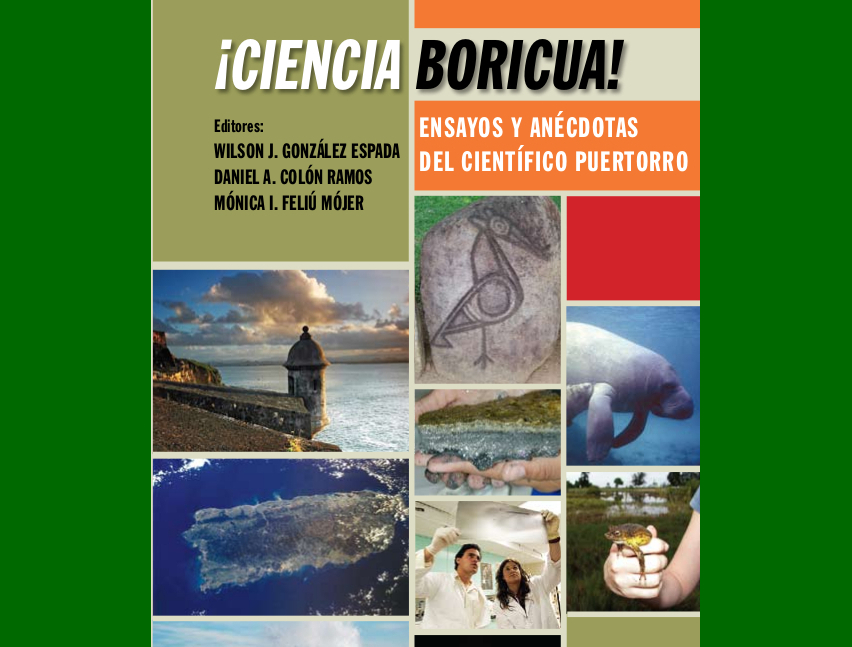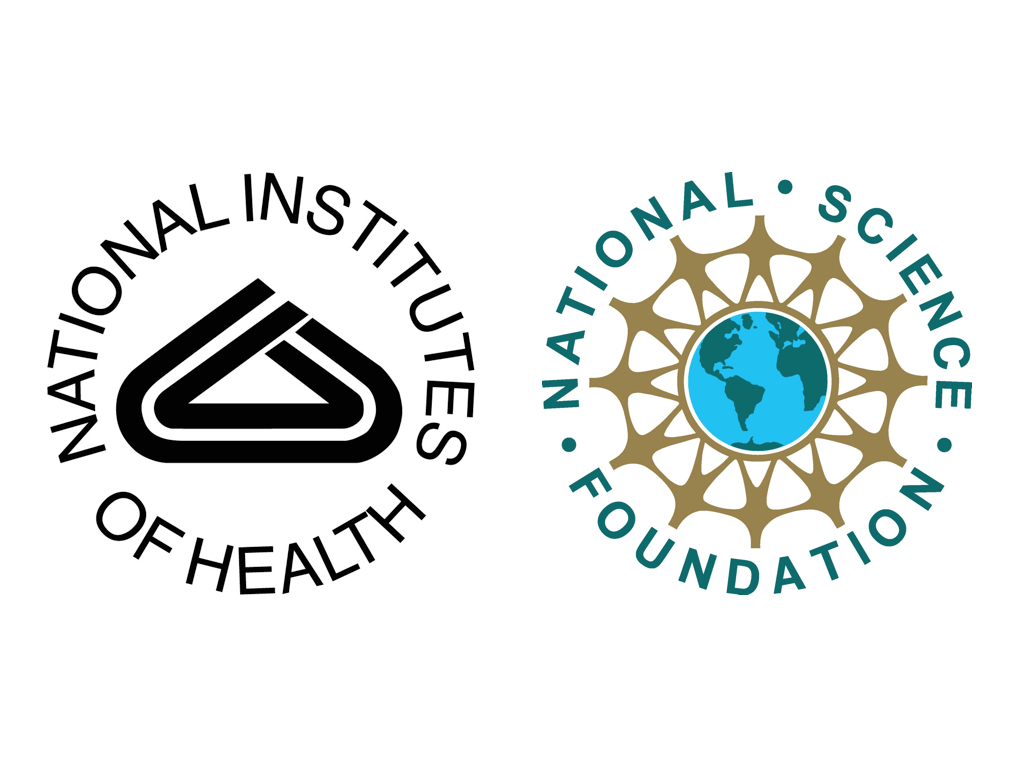CienciaPR: From the beginning
Submitted by Daniel Alfonso Colón-Ramos on
Pasteur said that although science has no homeland, scientists do. Since I've been thinking of myself as a scientist, I’ve thought of myself as a Puerto Rican scientist. My concerns about science and Puerto Rico have always gone hand in hand and with them a deep interest and commitment to contribute, through science for the betterment of my country.
In that sense, the interest that eventually resulted in the start of Ciencia Puerto Rico has no fixed date. I have no memories of a moment in time in which my interest in science and Puerto Rico are unlinked. Yes, there are events that catalyzed the formation of the organization, and those are the ones I tell here. The facts, although recounted from my perspective, were collaborations with more than a dozen people for more than a decade. What is today CienciaPR results from the detached work, perseverance and deep commitment of this group in two distinct organizations:. The Council for the Advancement in Puerto Rico of Scientific Research and Innovation (CAPRI; for its initials in Spanish) and the team of volunteers of CienciaPR.
In autumn of 2003, when I was in San Francisco about to begin my postdoctoral studies at Stanford University, I received an email from professor Joseph Bonaventura inviting me to a congress of the program COBRE (Center of Biomedical Research Excellence) in San Juan. I remember the excitement I felt because even though I had already given several talks at international conferences, this was the first time I was invited to Puerto Rico to give a talk. Joe Bonaventura was a professor at Duke University and recently accepted a position to go to the University of Puerto Rico - Mayagüez Campus to lead the COBRE program. Mariano García Blanco, also a professor at Duke, a member of my thesis committee and with whom I had worked as post-baccalaureate student (postbac), had suggested to Joe to invite me to the conference. Mariano’s suggestion emerged from several conversations we’d had about how we could do more for Puerto Rico as scientists.
By that time the government had announced a plan to convert the former Roosevelt Roads in a space for the development of science and innovation. I had worked in Panama with the "Smithsonian Tropical Research Institute" and had seen the successful transformation of the country’s former military bases into science parks. In fact, I spent part of my honeymoon in Panama at professional meetings in the hope linking Panamanian and Puerto Rican leaders for the benefit of both countries.
I was going to the conference in Puerto Rico excited to meet the Puerto Ricans scientists who were advising the government on this important project and to enter into direct contact with the Puerto Rican academic community, with which I did not have much contact. While at the conference, I learned that no known scientific advisers were helping the government in conceptualizing the project.
One afternoon, after the conference, a group of attendees sat together and had a conversation about the need for a Puerto Rican scientific organization that would help the government to use the scientific community as a resource. The following people were present: Adelfa Serrano (RCM-UPR), Mariano (Duke), Joe (UPR Mayaguez), Paul Lizardi (then at Yale) and Jim Vigoreaux (University of Vermont). I argued that the responsibility of organizing ourselves as a community was not the government’s job, but ours as Puerto Rican scientists; that scientific public policy of a country was too important to be left to shifting government administrations; that if scientists were not prepared or organized, when such opportunities arise to advance science in Puerto Rico, they’d be wasted. I argued that it was up to us, as members of the Puerto Rican scientific community, to organize and bring our voice to broaden dialogue in the country. Those talks gave way to CAPRI (Council for Advancement in Puerto Rico of Scientific Research and Innovation).
CAPRI is created with some of the participants in the conference as an "ideas laboratory" ad hoc, for the purpose of generating new initiatives that would advance science in Puerto Rico. CAPRI worked over three years in several initiatives. Its members were all professors, except me, whose role was to prepare the logistical issues with the meetings and the strategy. This I did with pleasure and the enthusiasm of someone who wants to help but knows that he doesn’t have the experience and wisdom of their peers.
We had many meetings with government, private industry, the education sector, and the press. CAPRI meetings coincided with the conceptualization of the Puerto Rico Science, Technology, and Research Trust and the City of Sciences in the metropolitan area. At the same time, new science communication initiatives began to develop in collaboration with El Nuevo Día newspaper. Those years in which CAPRI was active coincided with an increased awareness of the role of science in Puerto Rico. There were many people who were involved, before and after CAPRI, in that awakening. I also know that the efforts of CAPRI played an important role in promoting the conversations that led to new scientific public policies in Puerto Rico.
Perhaps the most important and concrete contribution during this period was the realization, as Puerto Rican scientists, that we needed a way to unite the community beyond the five scientists in CAPRI. It was evident in the meetings that nobody knew how deep were the scientific human resources in Puerto Rico. While recognizing the importance of the pharmaceutical manufacturing industry in Puerto Rico, we were still lacking concrete strategies that involved the Puerto Rican scientific community in economic, educational or public policy. The Puerto Rican scientific community was largely absent in the conversations that dealt with science or Puerto Rico. How many were there? How could we identify them? How could we get them involved for the benefit of Puerto Rico?
Back then Facebook and LinkedIn were in diapers and Twitter not even conceived, but there was the Internet. It seemed appropriate that availing ourselves of the Internet, we began to extend the original group that made up CAPRI and at least identify the scientists associated with the country. I heard rumors that there was already a directory by Industrial Development Corporation and INDUNIV, and there were ongoing efforts to transform it into a virtual network. My interest was to use that resource to disseminate CAPRI’s efforts and link other scientists into its agenda. But after a year and a half investigating the status of the network, I concluded that the efforts had not begun or were not developed enough to use.
In the laboratory Kang Shen at Stanford, where I worked then, we had established a virtual directory to document the strains of transgenic worms we were using. The directory was encoded by a college student who worked as a volunteer in the lab, David Craig. It occurred to me that we could use a similar approach to create the network of Puerto Rican scientists, and asked David for help.
During the Christmas and holidays, David, a person who had never visited Puerto Rico, codified the first version of what would become the most important page to science and Puerto Rico. The generous contribution of David, to some extent, embodies one of the main philosophies of the organization: anyone can be part of our network, benefit and contribute to it. One needs not to be a scientist or Puerto Rican to contribute to the development of science and Puerto Rico. Like in everything else, only those who do, count.
In January 2006, we launched the network via an e-mail that we sent to the people who we had met at the COBRE conference a few years earlier. Dra. Fernandez Repollet, then vice-president of research at the University of Puerto Rico, and the group from CAPRI gave input on the network’s features in a beta version before it was published. Once launched, Dra. Fernández Repollet helped promote the site online through the university community. Based on my experiences in CAPRI, I estimated ~that 10-50 people would enroll, which I would consider a success because at least that would double the membership of CAPRI. In the first week, we exceeded that estimate. Before the end of the first year, we had almost thousand members and the first team of volunteers consisting of Monica Feliú Mójer, Veronica Segarra, Odmara Barreto Chang, Marcos Lopez, Wilson Gonzalez Espada and Giovanna Guerrero.
Having had the opportunity to establish and contribute to CienciaPR is undoubtedly one of my largest and most significant professional accomplishments as a scientist and Puerto Rican. I have established deep and valuable friendship and work relationships with exceptional individuals whose commitment to science and Puerto Rico is only surpassed by their wealth and generosity of spirit.
The achievements of this mostly-volunteer run organization are extraordinary, but I still think they are just a shadow of what Puerto Rico deserves to have and what the scientific community can offer. Contrary to what happened a decade ago when we did not know how many we were, we know now that there are thousands in CienciaPR, dispersed in more than fifty countries. Now we have to organize the community and make it work for Puerto Rico. The scientific public policy of Puerto Rico and the scientific education of our students need more than a volunteer organization.
Our focus is now in transforming the successful experiment of CienciaPR into the organization Puerto Rican science demands. Help us with your donation through the following link.









